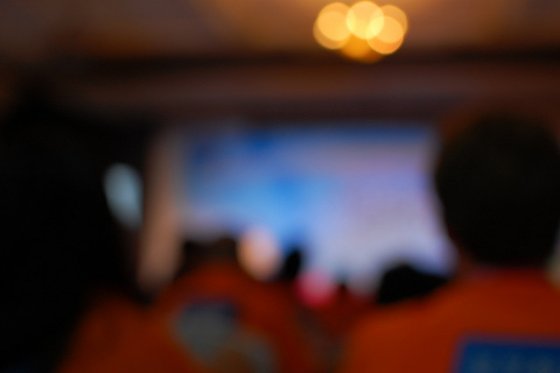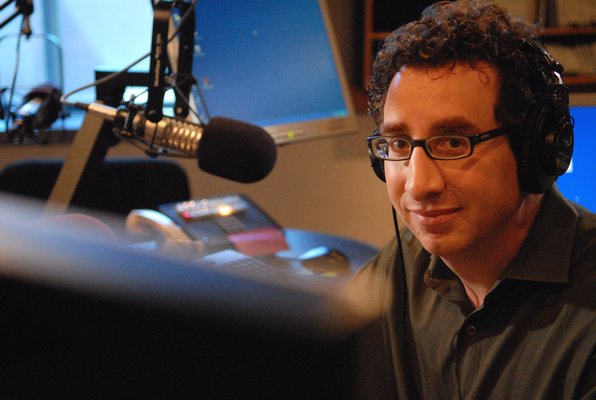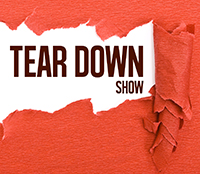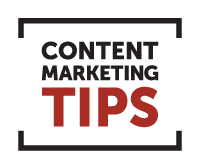There’s nothing more frustrating than paying for a conference and attending a bad presentation. Attend four bad presentations in a row and you feel like you’ve been fleeced.
 I have attended the ad:tech conferences for a number of years now. I’ve shot a few videos about new technologies, and I’ve needled some of the booth babes. In general, I’ve had a good time at the conference, learned a lot, connected with some great people, produced content from the events, and I’m grateful to the ad:tech community for offering me a press pass.
I have attended the ad:tech conferences for a number of years now. I’ve shot a few videos about new technologies, and I’ve needled some of the booth babes. In general, I’ve had a good time at the conference, learned a lot, connected with some great people, produced content from the events, and I’m grateful to the ad:tech community for offering me a press pass.
This year the ad:tech conference had a content marketing track, which is right up my alley. I planned on attending as many of those sessions as possible and writing about all of them as well. Unfortunately my plan fell through as none of these sessions were worthy of an article. The presentations were self-centered, didn’t deliver on the advertised session title, provided redundant information, or provided hindsight “advice” that was in no way actionable.
Because of Slideshare, TED, mobile phone distractions, and back channel critique via Twitter, it’s no longer acceptable to get away with a mediocre presentation (Read “Why Last Year’s Presentation is Crap Today”). You absolutely must deliver, as all these new factors exposing great and poor performances have raised the bar.
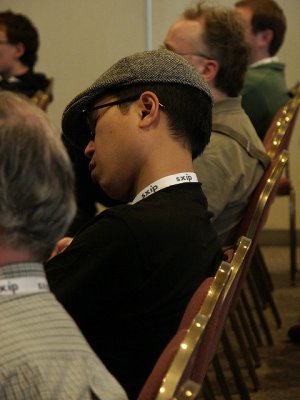 In an effort to understand how people felt about the presentations, ad:tech handed out business card-sized comment cards with four faces that ranged from a complete frown up to a smiley face. While I understand the point of handing this card is to simplify the session review process, the responses provide absolutely no actionable insight for improvement. I didn’t check any cards, but if I did, I would have checked four frowny faces. Instead, I decided to write this blog post that would hopefully offer some actionable advice to the presenters as to how they can improve their presentations.
In an effort to understand how people felt about the presentations, ad:tech handed out business card-sized comment cards with four faces that ranged from a complete frown up to a smiley face. While I understand the point of handing this card is to simplify the session review process, the responses provide absolutely no actionable insight for improvement. I didn’t check any cards, but if I did, I would have checked four frowny faces. Instead, I decided to write this blog post that would hopefully offer some actionable advice to the presenters as to how they can improve their presentations.
How ad:tech presenters can improve their presentations dramatically
We want to know “how” you did it: Don’t begin your case study presentation by telling us you’re going to spend most of your time explaining “why” you did the campaign, and very little time explaining “how” you did it. Your audience wants the exact opposite. We want to know all the details of execution. Explain the mistakes you made, and what we could learn from that. What were the steps to reach your final stage? We actually care very little as to “why” you did it.
Stop repeatedly stating the obvious: If you’re doing a presentation in the content marketing track, don’t bother telling the audience that walked into the content marketing track that content is really important.
 Get to the title of the session right away: If you’re going to do a presentation about B2B storytelling, don’t wait 30 minutes into your 40 minute presentation to actually begin talking B2B storytelling.
Get to the title of the session right away: If you’re going to do a presentation about B2B storytelling, don’t wait 30 minutes into your 40 minute presentation to actually begin talking B2B storytelling.
Don’t show us stuff we’ve already seen: The presenter who should have been talking about B2B storytelling spent the overwhelming majority of her time showing us content we’d all had heard and seen such as Orson Welles’ “War of the Worlds” radio broadcast, the Apple “1984” commercial, and the P&G ad that played repeatedly during the Olympics. She knew we had all seen them because she repeatedly said, “You’ve probably all seen this” just before she hit “play.”
We’re not morons: No need to tell the audience about the importance of mobile nor hold up your phone and say, “Reach your customer through this.” Similarly, when you say “mobile phone” you don’t actually need to show your mobile phone.
We’re not in sixth grade: Don’t waste our time giving us a history lesson on anything, especially when it’s stuff we already know.
Your presentation should show us process rather than just success metrics: Far too many presentations just went on and on with vanity metrics of we got this many views and this many impressions with absolutely no step-by-step explanation of how they got there.
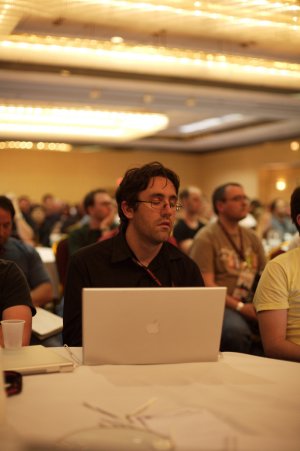 We know you like to brag, but tell us about your failures: While you want to brag about how successful this campaign was, tell us about all the failed attempts you had before you arrived at your success. A presentation that’s all about success with no explanation of overcoming hurdles, is actually a failure.
We know you like to brag, but tell us about your failures: While you want to brag about how successful this campaign was, tell us about all the failed attempts you had before you arrived at your success. A presentation that’s all about success with no explanation of overcoming hurdles, is actually a failure.
Don’t tell us about your viral video, ever: Don’t gloat about a viral video you produced for $300 that got a bazillion views unless you can prove you can create videos every single day for $300 that also get a bazillion views.
As a presenter you got in for free, but your audience paid
If people paid to come see you present, they’re going to want something of value in return. Nobody wants to watch, let alone pay for, a self-centered presentation. Are people going to walk away from your presentation saying, “That was totally worth it. I’m glad I saw that.” Think about your presentation as an expensive theater ticket. If you paid $100 to see your presentation, would you think it was worth it?
For more insight on producing a great presentation, read and listen to the Hacking Media Production Podcast episode for “How to Pitch a Speaker for a Conference” and download the whitepaper “More Schmooze, Less Snooze: How to Deliver ‘The Most Talked About’ Conference Session.”
Creative Commons photo attributions to Jarkko Lane, Renato Ganoza, Sergey Vladimirov, Aristocrat, and Colin Charles.
NOTE: None of these photos were actually taken at the ad:tech conference.

